This article was originally published on Tricycle. It is reprinted here with permission.
In response to the climate crisis and other ecological problems, a new development within socially engaged Buddhism has emerged: ecodharma, also known as ecobuddhism. Despite traditional Buddhist focus on individual practice and awakening, today the ecological implications of the dharma have become difficult to ignore. Buddhist emphasis on interdependence—what Thích Nhất Hạnh describes as our “interbeing”—is part of an all-encompassing worldview that does not separate one’s personal well-being, or collective human flourishing, from that of the earth. We find ourselves confronted by an unavoidable question: how do we acknowledge that interconnectedness in how we actually live?
In accord with this, an increasing number of Buddhist teachers, scholars, and activists are drawing attention to ecological engagement as an important aspect of Buddhist practice today. From March 24 to 28, twenty-one of us gathered at the Barre Center for Buddhist Studies for an eco-retreat sponsored by the BESS Family Foundation to discuss this very issue.
Most of the participants were members of an eco-advisory team of North American teachers and practitioners that has been meeting online since last summer. This group of fourteen advisors, incorporating a broad range of backgrounds and lineages, is also sponsored by the BESS Family Foundation. The group came together to explore the intersection of climate change and practice, particularly to assess ways to benefit people and the planet as we go through this uncertain time. We are discussing questions such as: How is the eco-crisis affecting people differently? How can Buddhist meditation and secular mindfulness help people cope with the distress in ways that lead to beneficial actions? What is the difference between grief and despair? Which eco-practices seem most useful, and to whom? What are the challenges of implementing them?
We find ourselves confronted by an unavoidable question: how do we acknowledge that interconnectedness in how we actually live?
The highlight for everyone was the opportunity to spend time together in person with other like-minded ecodharma practitioners, strengthening the emerging eco-Buddhist community, and beginning to share resources. Several people noted that “it felt like a homecoming.” As one of the participants said, “We can’t do this alone. The jewel of community is crucial to our work around visioning a better world.” Another emphasized that “only with deep friendships and coalition building can we create strategic ways to scale up a just response to the ongoing climate emergency.”
Along with informal discussions, members of the advisory group offered eco-meditations, ranging from brief tonglen sessions to a three-hour Earth-based practice. This allowed participants to observe how others are approaching this work and sustaining themselves in these challenging times. The discussions highlighted the intersection of the ecological crisis with social justice issues, including racism and other forms of oppression: “how can we support and uplift Indigenous communities and communities of color who are facing the most urgent manifestations of environmental injustice?” We also addressed a variety of other issues, including systems theory, economic implications, and the importance of skillful means (upaya).
The retreat was not designed to produce a specific result, but there were several key takeaways, including:
- Despite its importance, ecodharma still has a small presence in the US and most other Western nations. One major factor is that many people come to dharma centers to ease their suffering and feel better, not to confront the anxiety that most of us feel in response to the ecological crisis. How can ecodharma teaching and practices respond to this reality?
- The intersection of Buddhism with ecodharma and other social justice concerns requires a double engagement: although we continue to work on our own practice and transformation, we realize that our personal well-being is intimately related to the well-being of others. Acting on this insight requires social engagement. How can we skillfully promote this understanding within the Buddhist community and encourage this double practice?
- There may be a generation gap between older Buddhist practitioners and younger Buddhists, who often seem more concerned about the ecological crisis and more determined to do what they can to address it. How do we attract and serve younger people? What can more experienced Buddhists do to make practice centers more welcoming and responsive to their personal and social concerns?
- Buddhism has always emphasized interdependence: the delusion of a self that is separate from others is a source of suffering. Today, the eco-crisis seems to be a larger version of the same duality: our now-global civilization feels separate from the earth, exploiting it without any sense of responsibility to it. How can we address this collective sense of alienation? What practices—traditional and new—can promote the realization of our nonduality with the earth, which is our mother as well as our home? As one participant put it, how can we promote “a future in which everyone knows that we are part of an intelligent, living Earth?”
- Earth-based practices seem to be a key: For example, listening to the earth, to ancestors, and to nonhuman animals. How might such practices be integrated into traditional Buddhist teachings? Several of the participants represent centers and programs already exploring some of these possibilities: Kristin Barker with One Earth Sangha, Susie Harrington’s NatureDharma Teacher Training, Lama Willa Blythe Baker’s Rewilding the Soul, Thanissara’s Peoples Alliance for Earth Action Now (PAEAN), Ayya Santacitta with the Aloka Earth Room, Kritee Kanko and David Loy with the Rocky Mountain Ecodharma Retreat Center. What is working well, and what is not? What can we learn from one another, and how can we make these teachings and practices more widely available?
- It is not enough to realize our nonduality with the earth. We need to act on that realization. As Thích Nhất Hạnh emphasized, what is the point of seeing if it doesn’t lead to action? But what types of action are appropriate? Education only? What about challenging and even disrupting institutions? In particular, how can our work begin to redefine community values so that the health of the earth comes first? How can we promote the healing of the earth, along with the healing of our relationship with it?
As Thích Nhất Hạnh emphasized, what is the point of seeing if it doesn’t lead to action?
- Buddhism originated in a very different time and place, so we can’t expect traditional texts and teachings to offer precise answers to what to do. But contemplative practices can help us decide for ourselves where to engage. Examples are reflecting on questions such as: What do I have to offer? What are the best possibilities for me? And (most important) what tugs at my heart? These three contemplations can also be done by groups that are drawn to work collectively.
- We discussed a declaration of alliance or solidarity, which would articulate the beliefs and values that we share. Such a declaration could be an important symbolic gesture to the entire Buddhist community, emphasizing the unique challenge we face today and the importance of responding appropriately. (This discussion is ongoing.)
- How can we continue to work together, and expand the circle to bring in more people and groups? We listed “offers for help and requests for help” among us. One idea is to create a registry of teachers (with their preferred topics) who would be available to offer online or in-person ecodharma talks and workshops (online or in person) to dharma groups that want to begin discussing such issues.
- There are already several interreligious coalitions in the US where members from different traditions work together to address the climate crisis, such as GreenFaith and Interfaith Power & Light. In addition to various ecodharma groups becoming more familiar with one another and cooperating, should we join such coalitions (or create new ones)? Can we make bridges outside the Buddhist community? We may have more impact working together.
- The participants expressed their desire to continue meeting online and in person. Two online meetings of the advisory group are planned for later this year, and a second in-person retreat, again at the Barre Center for Buddhist Studies, is planned for September 2024.
To sum up, what has evolved so far is the beginning of a network of ecodharma teachers, programs, and centers. We hope that others who share these concerns will contact us (either as individual participants or at ) and join us in developing this new and vitally important direction for socially engaged Buddhism.
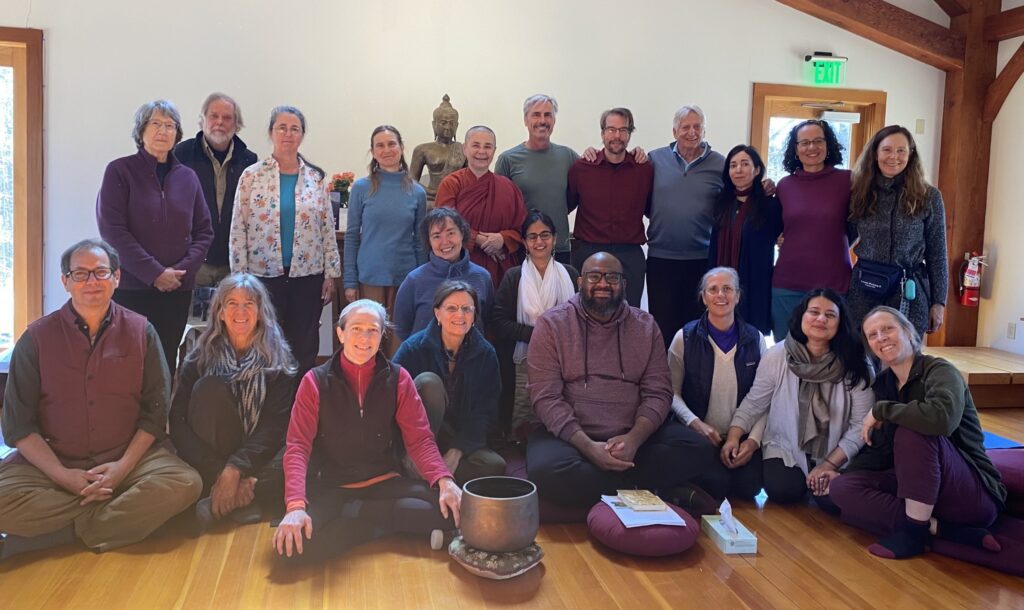

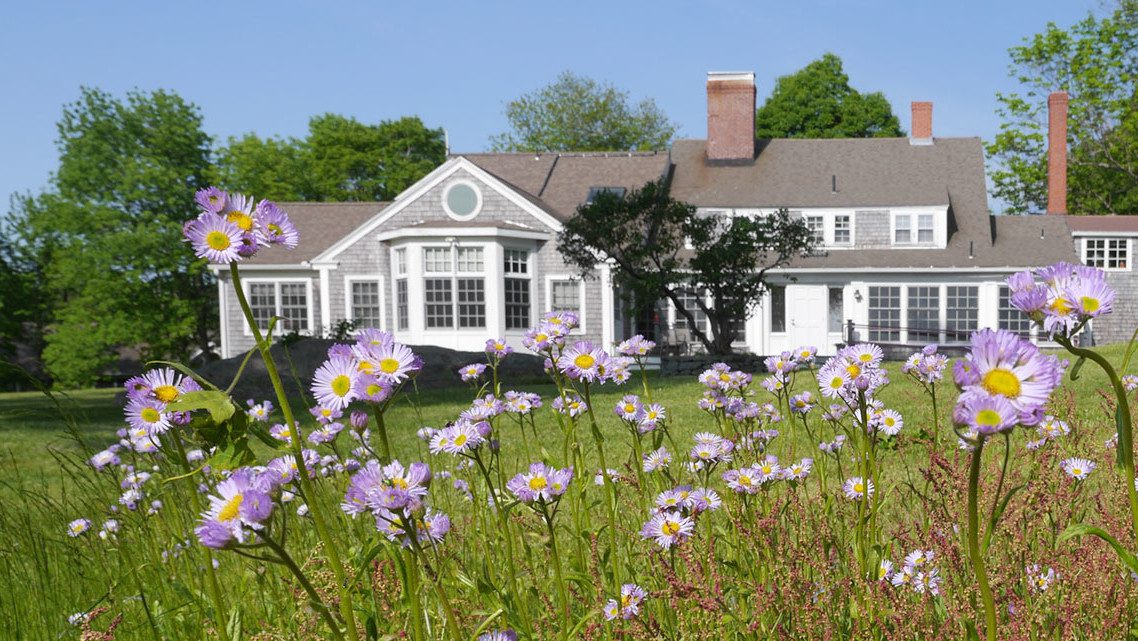
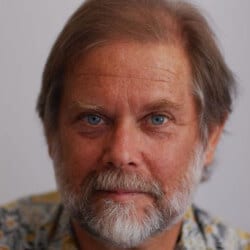


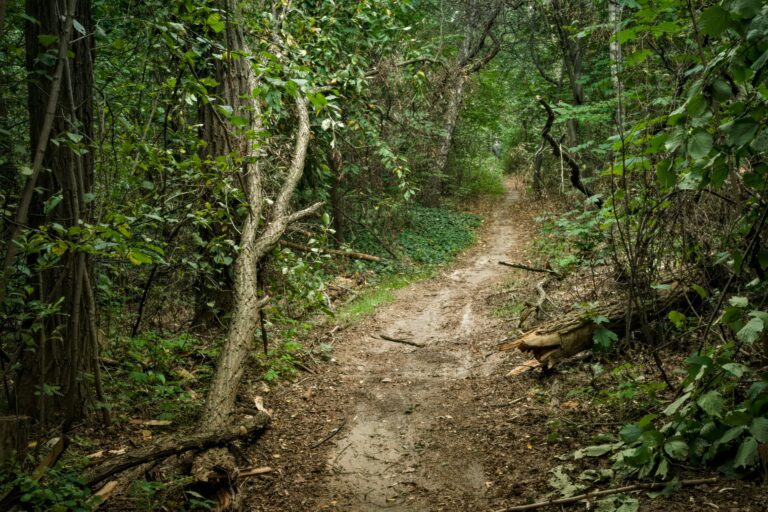

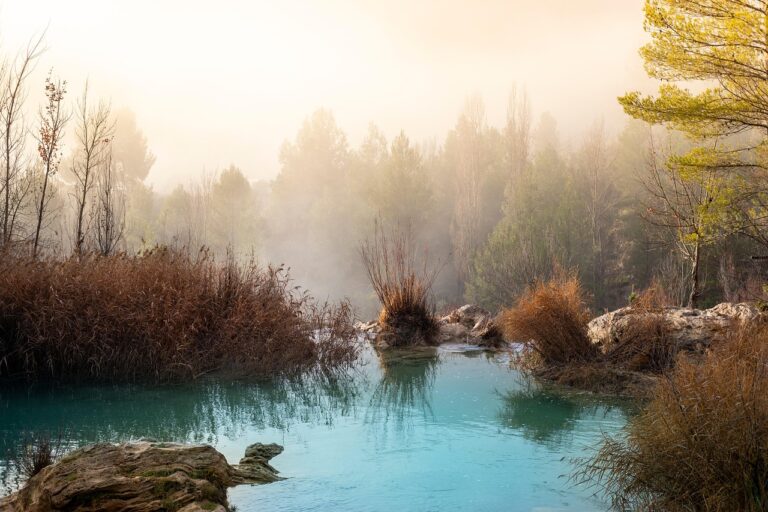
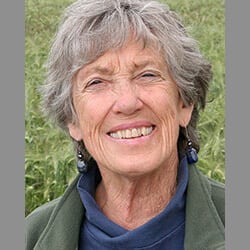
One Response
When I was active as an architect, many homeowners asked me “What can I do to lessen climate change?” I created a list of Seven Decisions:
1. Opt out of using a gas burning car.
2. Insulate and seal up your house.
3. Opt out of using a gas or oil furnace.
4. Opt out of using a gas hot water heater.
5. Opt out of using a gas range.
6. Reduce meat consumption and focus on meat from local farmers.
7. Properly recycle old clothes and plastics.
See http://www.tendirectionsdesign.com/7-decisions/7-decisions for my personal journey and footnotes for each item. It’s complicated.